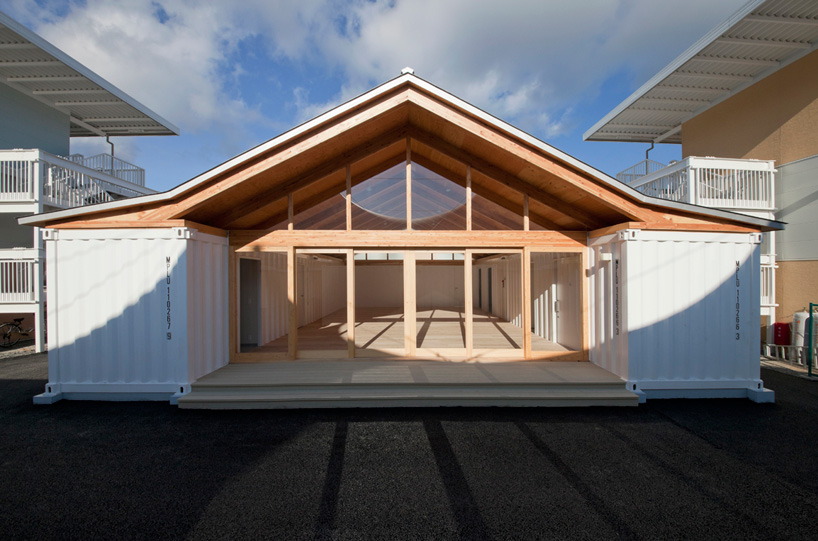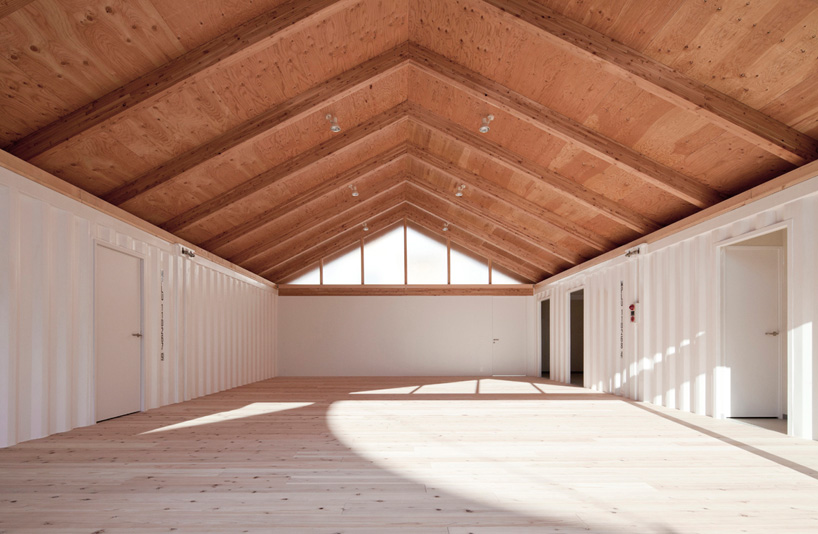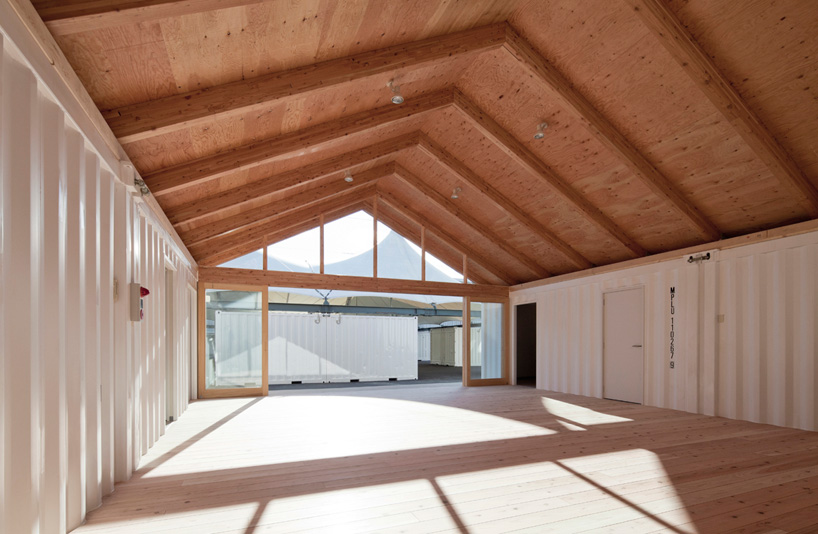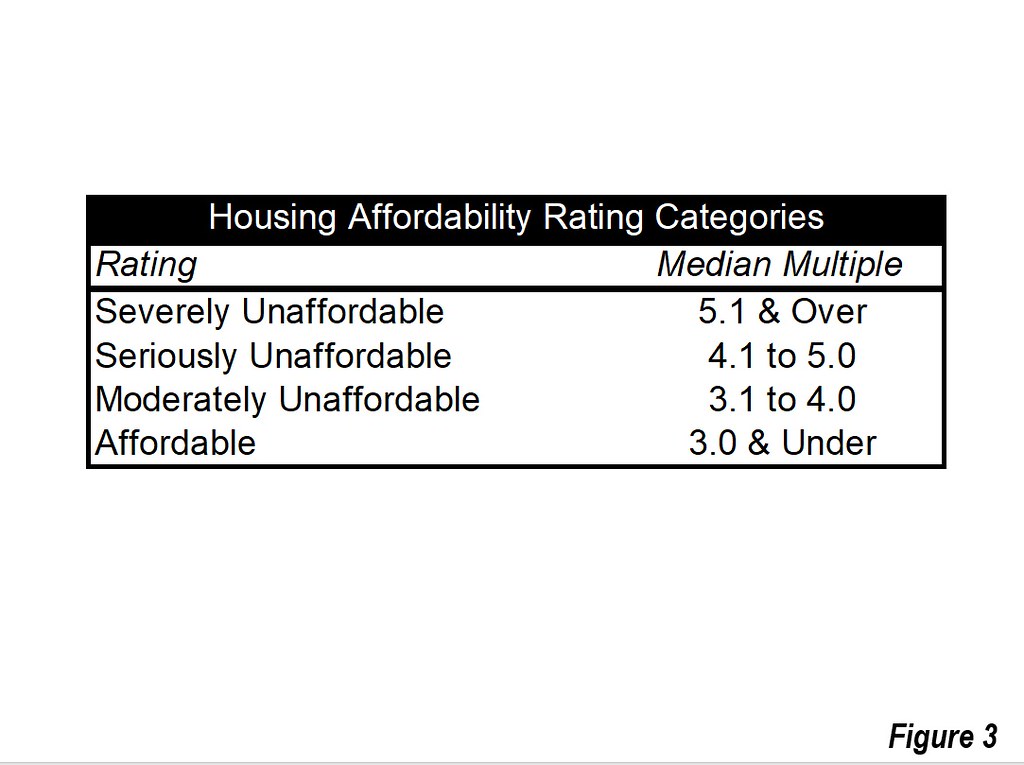
Donald Abbott, 35, looks over a receipt from Buddy’s Home Furnishings while his daughter, Savannah, and wife Jamie, rest on the family loveseat. The Abbott family purchased a sofa set from Buddy’s opting to pay for it in weekly installments of $110. (Photo by Bob Miller/For The Washington Post)
At Buddy’s, a used 32-gigabyte, early model iPad costs $1,439.28, paid over 72 weeks. An Acer laptop: $1,943.28, in 72 weekly installments. A Maytag washer and dryer: $1,999 over 100 weeks.
Abbott wanted a love seat-sofa combo, and she knew it might rip her budget. But this, she figured, was the cost of being out of options. “You don’t get something like that just to put more burden on yourself,” Abbott said.
Five years into a national economic recovery that has further strained the poor working class, an entire industry has grown around handing them a lifeline to the material rewards of middle-class life. Retailers in the post-Great Recession years have become even more likely to work with customers who don’t have the money upfront, instead offering a widening spectrum of payment plans that ultimately cost far more and add to the burdens of life on the economy’s fringes.
The poor today can shop online, paying in installments, or walk into traditional retailers such as Kmart that now offer in-store leasing. The most striking change in the world of low-income commerce has been the proliferation of rent-to-own stores such as Buddy’s Home Furnishings, which has been opening a new store every week, largely in the South.
In some ways, the business harkens back to the subprime boom of the early 2000s, when lenders handed out loans to low-income borrowers with little credit history. But while people in those days were charged perhaps an interest rate of 5 to 10 percent, at rental centers the poor find themselves paying effective annual interest rates of more than 100 percent. With business models such as “rent-to-own,” in which transactions are categorized as leases, stores like Buddy’s can avoid state usury laws and other regulations.
And yet low-income Americans increasingly have few other places to turn. “Congratulations, You are Pre-Approved,” Buddy’s says on its Web site, and the message plays to America’s bottom 40 percent. This is a group that makes less money than it did 20 years ago, a group increasingly likely to string together paychecks by holding multiple part-time jobs with variable hours.
 CULLMAN, AL – OCTOBER 13, 2014:
CULLMAN, AL – OCTOBER 13, 2014:Derek Bland, 35, cleans furniture at Buddy’s Home Furnishings in Cullman. (Photo by Bob Miller/For The Washington Post)
“Basically, the market pulled back from all low-income borrowers instead of trying to figure out how to serve them,” said Michael Barr, a University of Michigan law professor and author of “No Slack: The Financial Lives of Low-Income Americans.”
Nobody wants to buy items for amounts two or three times what they’d cost at a retail store. But when Abbott did her shopping in February, she didn’t have the money to make even a small lump-sum payment for anything of decent quality, even on Craigslist. She couldn’t buy via a layaway plan; Wal-Mart offers that option only during the holiday season. Perhaps she could have saved up the money on her own, but whenever she has tried to do so, her stash has been wiped out to handle daily needs.
“Rent-to-own was basically all we could do,” Abbott, 33, said.
So Abbott and her husband walked into Buddy’s this past winter, hoping to replace the old sofa in their trailer, six years old, its wiring poking through the bottom, cutting gashes into the living room floor.
Their decision to spring for a new sofa set was, if anything, a bet on the most optimistic arc for their family. Donald was getting regular work, sometimes making $500 in a week, paid by the load to haul pureed chicken guts — used for pet food — to factories across the South. If he could keep up the pace, they’d be okay.
Inside Buddy’s, Abbott walked over to a brown Ashley Furniture model, something she and her husband agreed would fit the colors of their Buccaneer trailer. The love seat had a cup-holder console in the middle and the cushions were plush, and when they took turns testing the feel, they realized it could pivot like a rocking chair.
“I about died when I saw that,” Abbott said months later.
By the next day, the Abbotts had a remade living room, two companion pieces, both of the same blended material, 17 percent leather. The love seat and sofa retailed, together, for about $1,500. Abbott would pay for hers over two years, though she still had paying the option to pay monthly or weekly. The total price if paid weekly: $4,158.
‘I’ve never seen a customer base or an economy like this’
A rent-to-own store provides a front-row seat to observe the bottom of the economy. It is here, at the Buddy’s in Cullman, where customers first gamble that they can handle the payments, even as the new weekly or monthly installments lessen their slack. And it is here where those gambles play out, as customers persist or falter in keeping up with what they owe.Some persist. The Iraq war veteran who comes in — walking past the camouflage armchairs and bank of flat-screen TVs — with envelopes of cash. The hairdresser who says that if it’s a bad pay week, “I give Buddy’s what I have.” The 37-year-old grandmother who says that pretty much everything in her house comes from this store.
Most falter. At the Buddy’s in Cullman, some 75 percent of items are returned or repossessed within weeks of the transaction, store manager Angela Shutt says. And nationally, the percentage of returns has been gradually ticking upward — a sign of growing struggles for lower-income workers, said Joe Gazzo, the president of Buddy’s.
Buddy’s and its larger competitors, Aaron’s and Rent-A-Center, are criticized by some consumer advocates for predatory strategies. Items are labeled with a buy-at-once “cash price” and an installment price, the weekly payments given the largesttype size. In Cullman, Buddy’s employees pinfliers — “Own it faster for less!” — inside the doors at trailer parks and government housing complexes.
But those in the industry say they offer a legitimate service to an easy-to-overlook customer base. Customers who can’t make the payments face no penalty; because they start out as renters, not owners, they don’t face debts or credit damage if they make a return.
The Cullman store is one of Buddy’s best performers, and the five employees there empathize with their customers. Derek Bland, who drives around the county repossessing items from derelict renters, just left a job at Papa John’s. Brandy Day, one of the saleswomen, winces when talking about the jewelry that Buddy’s keeps near the register. “Take away a 42-inch TV from somebody, that’s one thing,” Day says. “But a wedding ring?”
Buddy’s rapid expansion was rooted in the economic crisis. As recently as 2007, Buddy’s — private, family-run — was essentially a Florida-based company. But as the first mortgages starting going bust, Buddy’s saw 6,000 products returned over several weeks, Gazzo said. The initial goal of expansion, Gazzo said, was less about domination than survival: Buddy’s wanted to get away from Florida, the epicenter of the real estate bubble.
In 2008, Buddy’s had 80 stores. Now it has 204. By 2017 it wants to have 500. Gazzo said that company revenue is rising at double-digit levels annually, even as it contends with a new wave of rent-to-own Web sites.
“The industry as a whole is in the biggest fight we’ve had, because we have to compete with everybody,” Gazzo said. “And the customer doesn’t have as much money as they used to.”
‘I don’t know how we’ll make it’
Abbott has spent eight months now with the sofa set, and some days, she can shrug off the costs. She’ll sink into the cushions just before her kids get out of school and say she wouldn’t trade the feeling “for a million bucks.” Normal families have sofas, she says, and you’ll do what it takes to feel normal.But other days, like this one, a recent Thursday, the trade-offs felt more intense. It was a payday, and Donald called a toll-free number before sunrise to see how much was left on the family’s prepaid H&R Block debit card.
“Two hundred and thirty dollars,” he heard the automated voice say , and that number represented his latest weekly paycheck — the family’s total balance, and all they’d have for a week. Abbott and Donald smoked a cigarette in the bathroom and sorted through the grim math. It was less than they were used to, but sickness and an oversupply of drivers had left Donald with the shrunken paycheck.
 CULLMAN, AL – OCTOBER 13, 2014:
CULLMAN, AL – OCTOBER 13, 2014:Jamie Abbott, 33 (right), watches her son Brody, 9, play football in the yard. In February 2014, the Abbott family purchased a sofa set fromBuddy’s Home Furnishings, a rent to own store in Cullman, opting to pay for it in weekly installments at a high interest rate. (Photo by Bob Miller/For The Washington Post)
They were perpetually behind with their Buddy’s installments and had taken to skipping one week and then catching up, with a $5 late fee rolled in. To make matters worse, those payment trips to Buddy’s put them eye to eye with more temptations. One week, they added a smartphone to their order. Another week, some Samsung speakers. And suddenly, the weekly payments to Buddy’s were $110.
And on weeks such as this, those payments had become unimaginable, especially with the $598.99 monthly mortgage payment on their trailer.
“I don’t know how we’ll make it,” Abbott said, and every solution came with a problem. Return the sofa? Sure, but she’d burn the money she’d already put into it and leave her living room with a hole. Find work? She’s tried, but neither Wal-Mart nor Jack’s nor the nursing home cafeteria have shown interest in an applicant with psoriasis and a ninth-grade education. Hope and wait? Maybe Donald could get more work driving his “gut truck” — say, two cross-state hauls in a day, rather than one — but that was up to his employer.
 CULLMAN, AL – OCTOBER 13, 2014:
CULLMAN, AL – OCTOBER 13, 2014:Jamie Abbott, 33, watches her family play football in front of their double wide trailer. The Abbott family purchased a sofa set from Buddy’s Home Furnishings, a rent to own store in Cullman, opting to pay for it in weekly installments at a high interest rate. (Photo by Bob Miller/For The Washington Post)
“You look tired,” Bryant said.
“My sugar levels are out of whack,” Abbott said.
Bryant nodded and then Abbott went quiet, dabbing her eyes.
“I’ve held it in all day long,” she said, choking out the words.
She got out of Wal-Mart having spent just $11.18 and headed back to her car, still with several more hours before she had to pick up her kids, make dinner and think about how to stretch her money for another six days.
“We’ve always talked about the benefits and costs,” she said on the drive home. “Because with a family you can’t just say, ‘I want this, I’m going to get it.’ But growing up having the chair, the recliner, the love seat, the couch and everything, you just get used to the normal stuff. Sometimes it’s hard to break from the normal stuff and get to reality.”

 Community center perimeter formed with shipping containers image © hiroyuki hirai
Community center perimeter formed with shipping containers image © hiroyuki hirai Gable roof of plywood encloses the space image © hiroyuki hirai
Gable roof of plywood encloses the space image © hiroyuki hirai














